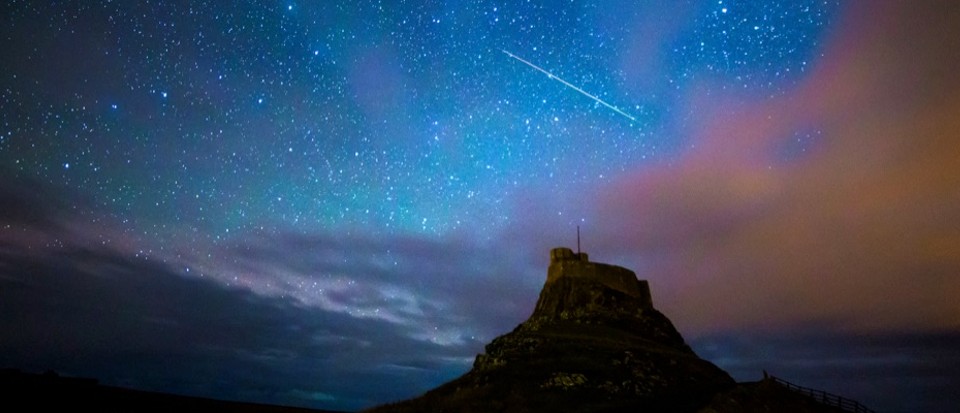
Stargazers can look forward to catching Leonid Meteor shower Take a shower this week, but you need to set your alarm clock if you want to see the best performance. From midnight on November 16 until dawn on November 17, the maximum is 10 to 20 meteors per hour. Only half of that amount is visible from the UK, as some of them are below the horizon.
Any night of stargazing, you can see two meteors every hour. Meteors, commonly known as ‘shooting stars’, are light bulbs caused by burning with dust or rock as they pass through the Earth’s atmosphere. Incredibly, these are usually the size of a grain of sand, but they travel so fast (approximately 66 km / s) that they create a trail that glows brightly Stars.
Every so often, Earth’s orbit brings us into a particularly dense cosmic wreck – a trail of rock and dirt left in a background. Asteroid Or Comet. We see it as a meteor. The Leonid shower is associated with the comet with 55P / Temple-Tuttle.
The annual Leonid meteor shower usually occurs from November 10 to 20, and peaks on the morning of November 17 this year. It may not be the most productive annual meteorite, with Leonids producing a ‘meteorite’ every 33 years, where hundreds – or thousands of meteors can be seen. It last happened in 1999-2001, with over 1,000 shooting stars per hour.
Read more about stargazing:
Meteorites are named for their brightness, i.e. where they originated from The sky. For example, the Leonid meteorite appears to have come from the Leo constellation. Leonids are fast, bright meteors with fine trails.
For meteorites, let your eyes adjust to the darkness, and then look straight ahead. It may take about 30 minutes for your night vision to fully adjust, so do not look at your phone or use a torch while you are stargazing.
Although meteorites originate from Leo, it is not important to find that mass – they can travel all over the sky. So to give you the best chance, make sure you can see the sky as much as possible, without interruptions from buildings or trees. Most importantly, make sure you are comfortable with a chair (sleeping is best), a blanket and a hot chocolate flask with you.
Don’t worry if you miss this time, the Geminid meteor will happen in December.
Reader Questions: Can you hear the meteor?
Asked by: Harry McClure, Bornstaple
Meteors can create sound waves. They can create a sonic boom just like they do with a fast moving plane as it passes through the atmosphere. However, since meteors are usually 100 kilometers or more high and sound travels much slower than light, such sonic booms are not heard until several minutes before the meteorite is visible to viewers on Earth. Furthermore, the noise may not be loud enough to be heard at all.
Some people claim to hear hissing or buzzing sounds simultaneously with looking at the meteor. These can be caused by very low frequency frequency radio waves generated by meteorites, which come at the same time as the observer sees the meteorite traveling overhead. These waves have been shown to cause mirrors, plant leaves, pine needles and hair to vibrate. It goes some way to describing hissing sounds.
Read more:
https://news.google.com/__i/rss/rd/articles/CBMiVGh0dHBzOi8vcXVlZW5zY2l0aXplbi5jYS8yMDIwLzExLzE1L2hvdy1kby1pLXNlZS10aGUtbGVvbmlkLW1ldGVvci1zaG93ZXItdGhpcy13ZWVrL9IBAA?oc=5
2020-11-15 11:10:27Z
52781184512926
Tidak ada komentar:
Posting Komentar